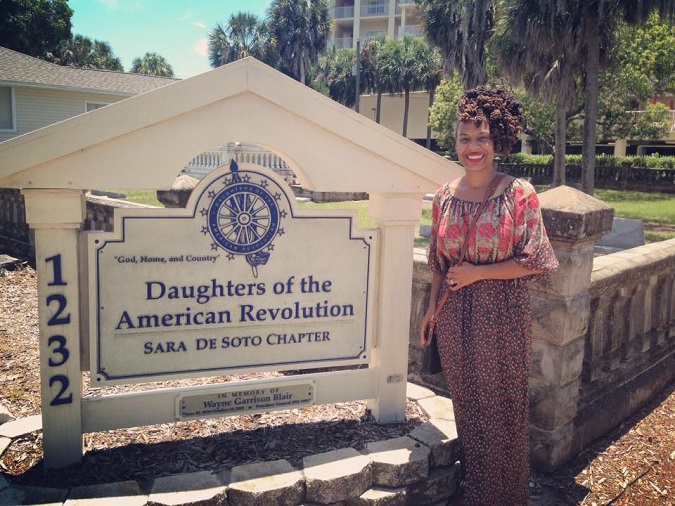A few months ago I read Alondra Nelson’s book titled The Social Life of DNA Race, Reparations and Reconciliation After the Genome. This post is inspired by that read. After I’d finished I realized that I had never quite spelled out the terms and pitfalls of my personal DNA quest and how I was going about it. And of course Nelson’s work presented ideas I’d never really considered, such as proving a genetic connection to Africa as a means of potentially receiving monetary reparations. If any restitution is to be made for what has occurred to my ancestors I have decided it will and must first come from me.
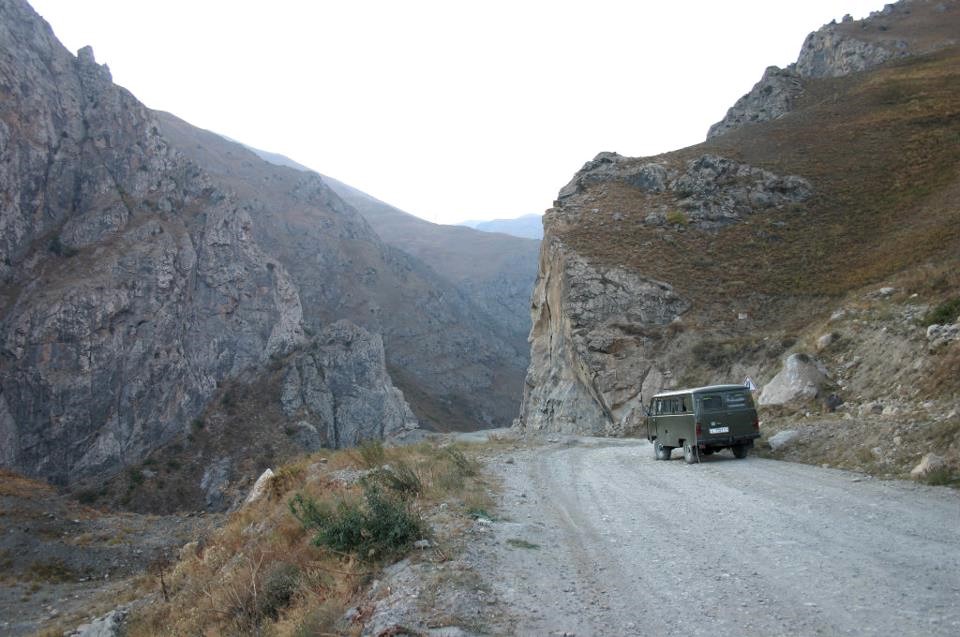
Gorno-Badakhshan, Tajikistan – 2006
Eleven years ago – that is when my interest in DNA and genetic genealogy began. Only 24 years of age then, I had been traveling within Tajikistan for roughly three weeks. I first explored the capital city of Dushanbe as a member of a Habitat for Humanity International Global Village team. Afterwards I took off to an even more far-flung corner of the country in the Gorno-Badakhshan region to check out the Pamirs and Wakhan Valley. Undoubtedly, my travels there remain steady in my top 3 favorite journeys of all time. There are many reasons and one of them is due to a very chance encounter with the group that would accelerate my desire to participate in DNA testing.
I had been wandering the bus station with my then guide, Theodore Kaye, (now an amazing editorial and corporate photographer) looking for a safe, not too tightly packed, vehicle that could get me back into Dushanbe safely. The ride back from Khorogh would be a journey of 16 hours along a very jagged path down the mountains. Selecting a vehicle that appeared to have my ultimate safety at heart was paramount. Then it happened. My face turned and caught sight of a foreigner like myself. We made eye-contact and proceeded with introductions, answering the why on Earth are you here questions and so forth. As it turned out the friendly foreigner, David Evans, a photographer for National Geographic, had been traveling in country with Dr. Spencer Wells’ team from the National Geographic Genographic project. They had just wrapped up collecting DNA samples from natives of the region. Teo asked them if it would be alright if I hitched a ride with them back to Dushanbe and they agreed.
From that point onward it was full-throttle drinking of the DNA juice that would lead me to take my very first DNA test. To be clear, the Nat Geo gang explained the Genographic project for sometime during our ride back to the capitol and I was in awe. Having never been very inclined towards science I was also a bit intimidated by Dr. Spencer Wells, but everyone was so down to Earth and the pitch they made as to why anyone and everyone should participate reeled me right on in.
Naturally, the first test I took when I returned home in late 2006 was the Genographic test.
Read more

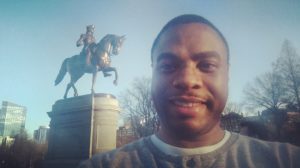 I am pleased to announce with great pleasure that my brother, Peter Barnes, has been accepted into the Massachusetts Society of the Cincinnati. Yes, it appears the lineage society bug has taken my family and this one in particular is rather noteworthy.
I am pleased to announce with great pleasure that my brother, Peter Barnes, has been accepted into the Massachusetts Society of the Cincinnati. Yes, it appears the lineage society bug has taken my family and this one in particular is rather noteworthy. 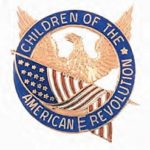
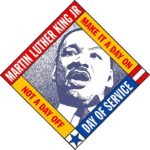 How about I quickly bring things up to speed before dishing out the details on the program. Shortly after joining the DAR last June I decided to to assist on the C.A.R. committee. It seemed like a common sense kind of idea considering I have two small children who I am working on getting into the C.A.R. as well. After a few months time one of my fellow Daughters shared with me a couple of grant opportunities that might be of interest. In October I applied for the MLK Day of Service grant. Just a few days before Thanksgiving I heard that my application for funding had been approved.
How about I quickly bring things up to speed before dishing out the details on the program. Shortly after joining the DAR last June I decided to to assist on the C.A.R. committee. It seemed like a common sense kind of idea considering I have two small children who I am working on getting into the C.A.R. as well. After a few months time one of my fellow Daughters shared with me a couple of grant opportunities that might be of interest. In October I applied for the MLK Day of Service grant. Just a few days before Thanksgiving I heard that my application for funding had been approved.
